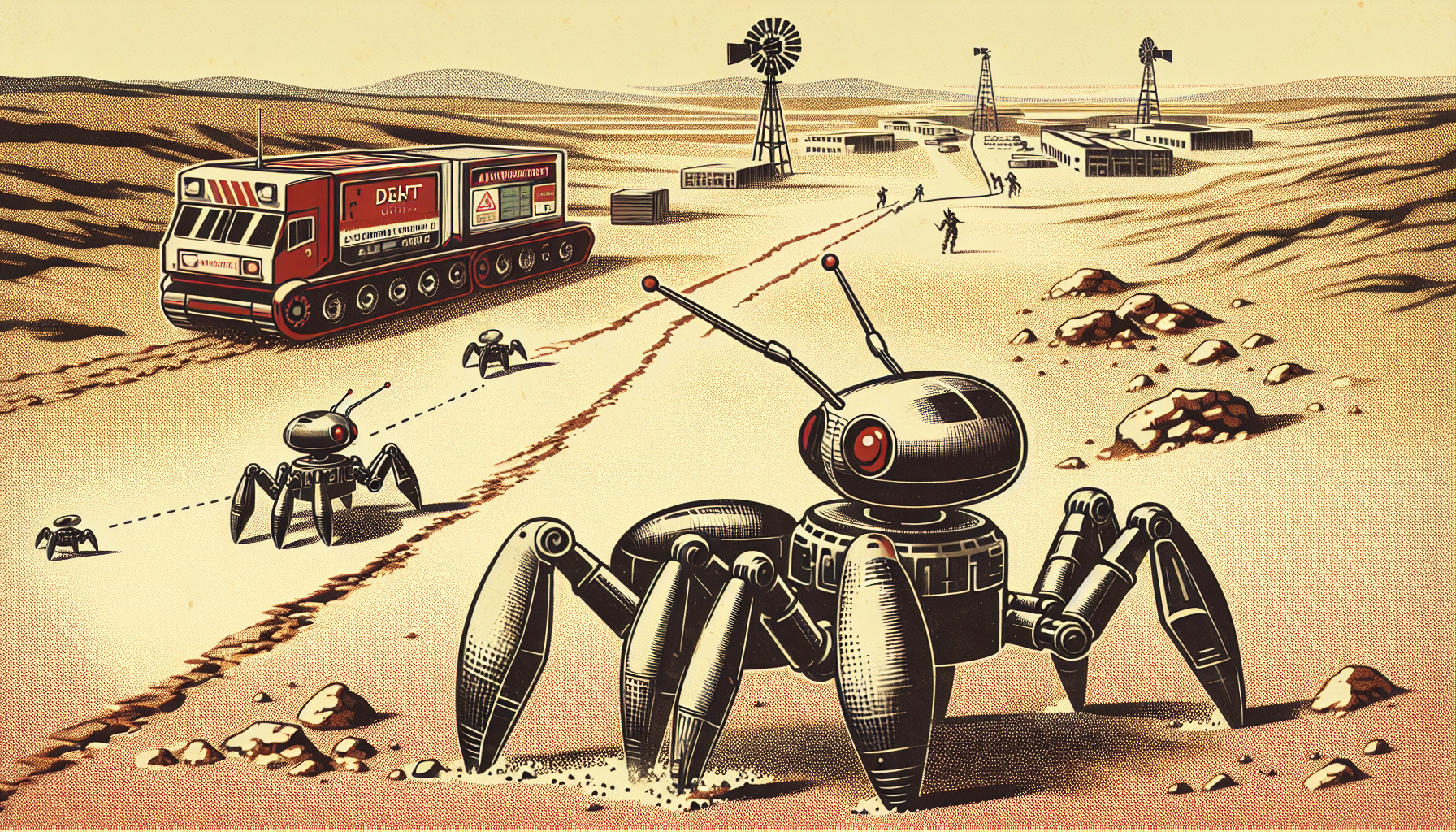In a significant advancement in robotics, researchers at Delft University of Technology (TU Delft) have developed an innovative, insect-inspired autonomous navigation strategy for tiny, lightweight robots. This breakthrough is rooted in the remarkable navigational abilities of ants, which have long fascinated scientists due to their ability to traverse extensive distances and return home with minimal sensory and neural resources.
The Biological Inspiration
Ants use a combination of odometry (tracking their own motion) and visually guided behaviors to navigate. Odometry involves counting the steps and movements of their own bodies, while their visually guided behaviors rely on a low-resolution, almost omnidirectional visual system often referred to as “view memory.” One of the key theories behind this navigation is the “snapshot” model, where ants occasionally capture snapshots of their environment. When they are near a snapshot location, they compare their current visual perception to these snapshots to correct any drift that occurs with odometry alone, ensuring they can navigate back home efficiently.
Applying Ant Navigation to Robots
The researchers at TU Delft have adapted this biological insight to create a navigation strategy for tiny robots that weigh only tens to a few hundred grams. These robots, despite their small size, have significant potential for various real-world applications such as monitoring stock in warehouses, detecting gas leaks in industrial sites, and identifying pests or diseases in greenhouses.
The new navigation strategy combines visual recognition of the environment with step counting, similar to the ants’ method. Here’s how it works:
- Visual Snapshots: The robots take occasional snapshots of their environment as they move. These snapshots are used as visual breadcrumbs to help the robots navigate back to their starting point.
- Odometry: The robots use odometry to track their own motion between these visual snapshots. This ensures they can travel long distances efficiently without relying on external infrastructure like GPS or wireless communication beacons.
- Minimal Resources: This approach requires extremely little computation and memory – only about 0.65 kilobytes per 100 meters – making it feasible for tiny robots with limited resources.
Testing and Applications
The researchers tested this navigation strategy on a 56-gram “CrazyFlie” drone equipped with an omnidirectional camera. The drone successfully navigated distances up to 100 meters using this method, demonstrating its efficacy in real-world scenarios.
The potential applications of these tiny autonomous robots are vast:
- Stock Tracking: They can be used to monitor stock in warehouses, navigating through narrow aisles and returning to a base station to upload data.
- Crop Monitoring: In greenhouses, they can quickly cover large areas to detect early signs of pests or diseases in plants.
- Industrial Safety: They can detect gas leaks in industrial sites, enhancing safety and efficiency.
Advantages and Future Implications
The lightweight and small size of these robots make them extremely safe, even in the event of collisions. Their ability to operate without relying on external infrastructure such as GPS or beacons is particularly advantageous in indoor environments, urban areas, and search-and-rescue scenarios where traditional navigation methods may fail.
While the functionality of this navigation strategy is more limited compared to state-of-the-art methods, it is sufficient for many practical applications. This breakthrough marks a significant step towards the real-world deployment of tiny autonomous robots, expanding their potential uses and enhancing their operational efficiency.
In conclusion, the insights gained from the navigational abilities of ants have paved the way for a new era in robot navigation, enabling tiny robots to operate autonomously and efficiently in complex environments. This innovation holds promise for a wide range of applications, from industrial monitoring to agricultural management, and underscores the importance of bio-inspired engineering in advancing robotics.

Leave a Reply